
Task Flow vs. User Flow: Understanding the Difference in UX Design
Sep 04, 2025 2 Min Read 2515 Views
(Last Updated)
Have you ever found yourself confused between task flow and user flow? You’re not alone. These two terms are often used interchangeably, but they serve distinct purposes in UX design.
Understanding their differences is crucial if you want to design intuitive, goal-driven digital products. Let me walk you through it, with simple examples, visual cues, and practical use cases.
This article clearly constructs the difference between task flow and user flow and how it has a positive impact on UX design. So without further ado, let us get started!
Table of contents
- What is a Task Flow?
- Example:
- "Reset Password" Task Flow
- When to Use:
- What is a User Flow?
- When to Use:
- Tools You Can Use
- Key Differences: Task Flow vs. User Flow
- Conclusion
- Ask Yourself Before You Start Designing:
- References
What is a Task Flow?
A task flow in UX design focuses on a single task a user performs within a product. It’s linear, showing one direct path from start to finish to complete a specific goal.
“Think of it as a step-by-step path to complete a single task.”
Example:
“Reset Password” Task Flow
One goal. One route.
When to Use:
- To analyze or improve a single user action
- During early feature design
- For usability testing
What is a User Flow?
A user flow considers the entire journey a user might take through your product to reach a goal. It includes decisions, entry points, and multiple outcomes.
“A map of all possible routes a user can take based on their choices.”
Example:
User Flow for “Buying a Product on an E-commerce App”
When to Use:
- For mapping out the full user journey
- To identify pain points or drop-offs
- During sitemap or IA planning
Common Shapes Used in User Flow and Task Flow Diagrams
Tools You Can Use
- Figma: Use built-in shapes and arrows
- Lucidchart, Miro, Whimsical: Great for flow diagrams
- FigJam: A Simple and collaborative option for early-stage flows
Use color codes for different types of actions:
- Green: Success steps
- Red: Errors or failure points
- Blue: Navigation steps
- Gray: Optional steps
Key Differences: Task Flow vs. User Flow
Why Userflow and Taskflow Matter?
Using task flows and user flows together gives you both micro and macro insights.
- Task Flows help fine-tune individual actions.
- User Flows help you understand the bigger picture.
Pro Tip
- Start with user flows during ideation to map the user journey.
- Then, dive into task flows during design and testing to refine each step.
If you want to kickstart your UI/UX journey and learn everything there is to know about UX Design, consider enrolling in HCL GUVI’s UI/UX Design Course, where you will master the most trending design tools, focusing on industry expectations and directing you to Fortune 500 companies.
Conclusion
Both task flow and user flow are powerful UX tools, but they serve different purposes.
Mastering the difference helps you design:
- Smarter
- Faster
- And more user-focused products
Ask Yourself Before You Start Designing:
“Am I solving for one task or exploring the user’s path?”
References
- NNG: Task Flows vs. User Flows
- Adobe XD Ideas – What’s a User Flow?
- UX Planet – Understanding User Flows
- Miro Guide to Flowcharts
- Figma Help Center – Flows










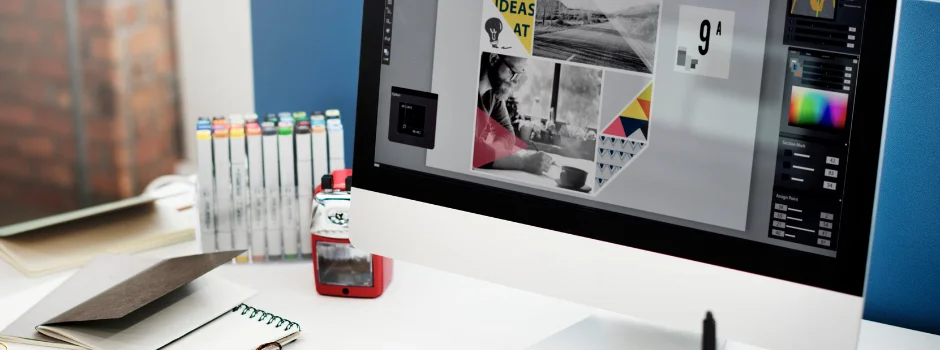
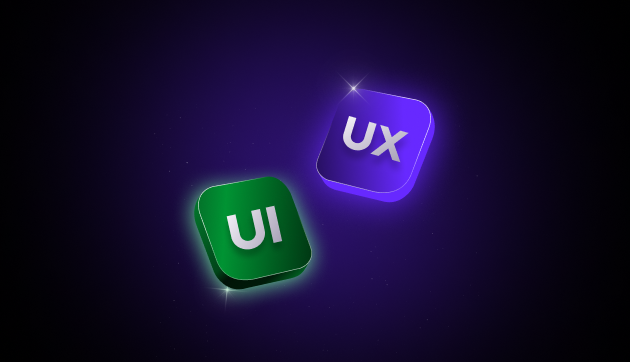
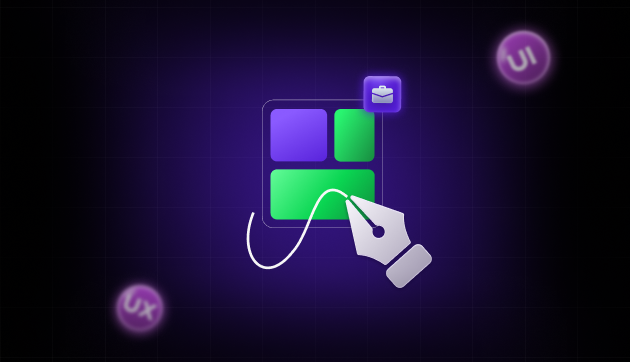
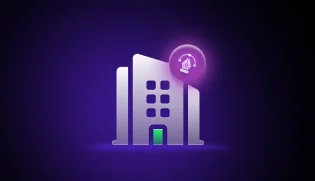

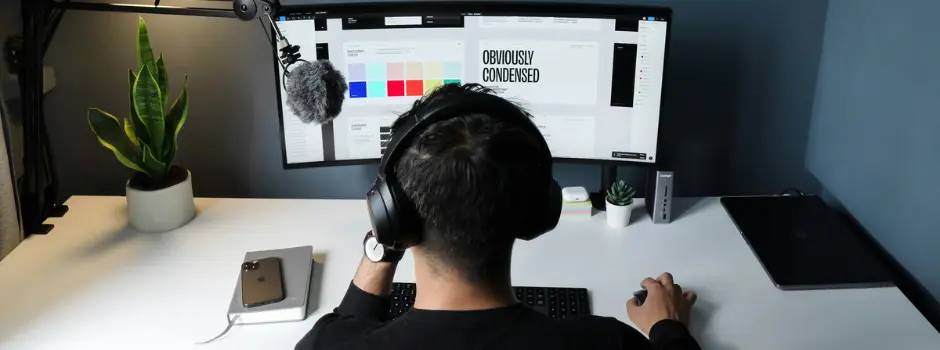


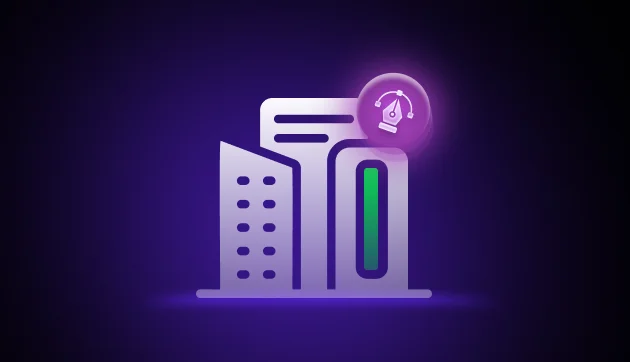




Did you enjoy this article?